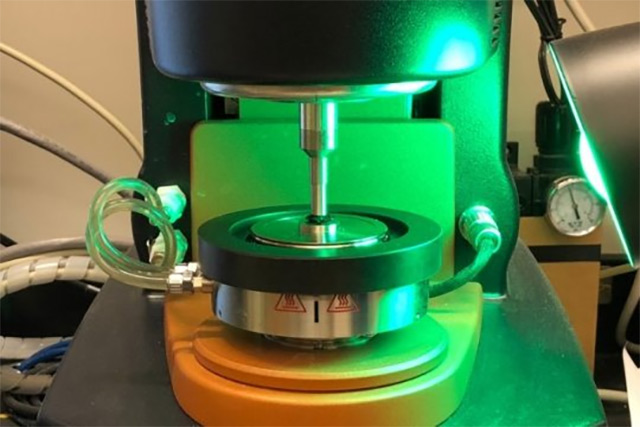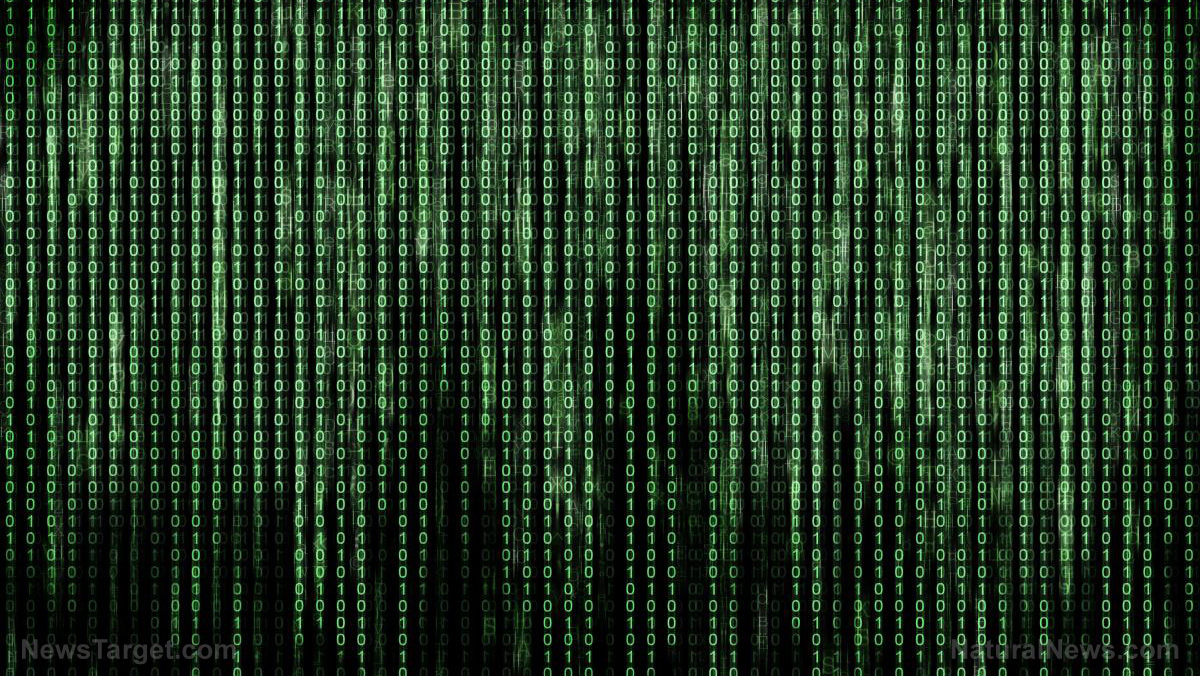What happens when galaxies collide? NASA studies the small, dense corpses left after a stellar explosion
11/13/2018 / By Edsel Cook

Long after we are gone, our Milky Way Galaxy will crash into the Andromeda Galaxy, forever changing the faces of both galaxies. Today, NASA researchers are studying the aftermath of a similar galactic collision to help predict what is going to happen to our galaxy in that distant future, an article in LiveScience stated.
The researchers came across a tremendous source of X-ray energies around 300 million light-years from Earth. The steady emission of cosmic radiation are being powered by a ring of either black holes or neutron stars.
Even the powerful Chandra X-ray space telescope cannot pin down the precise identity of the X-ray generators. But whatever the identity of these celestial bodies, the NASA researchers theorize that they come from the time when a galaxy plowed through its neighbor. (Related: A new galaxy cluster has been discovered hiding in plain sight.)
A tug-of-war between two galaxies created a curious band of celestial bodies
AM 0644-741 is a ring galaxy with a mostly empty center and a densely-packed outer section full of bright, young stars. It is emitting both optical light that can be picked up by the Hubble Space Telescope and X-ray energy that Chandra is designed to detect.
The NASA researchers combined the data gathered by their complementary space telescopes. The resulting interplay of optical and X-ray imagery granted them a better understanding of the workings of the distant galaxy.
They theorize that the band of dense celestial bodies is the remnant of a collision between AM 0644-741 and another galaxy. The two massive stellar formations were most likely pulled together by powerful gravitational forces caused by their sheer size.
The irresistible pull of the other galaxy would have triggered gravity waves throughout AM 0644-741. As they traveled through the ring galaxy, the waves would affect stellar gas in two ways.
If the gases dispersed, nothing special occurred. But if they got compacted together, they would fuse into a new star.
“The most massive of these fledgling stars will lead short lives — in cosmic terms — of millions of years,” explained the researchers. “After that, their nuclear fuel is spent, and the stars explode as supernovas, leaving behind either black holes with masses typically between about five to twenty times that of the sun, or neutron stars with a mass approximately equal to that of the sun.”
50 new ultraluminous X-ray sources discovered in just seven galaxies
Both black holes and neutron stars are generally invisible even to the best sensors. However, if there are normal stars near them, their incredible density allowed them to draw gas from their binary partners.
As the gas dives into the celestial body, it heats ups and starts giving off X-rays. The radiation can be detected by specialized telescopes like Chandra.
The mystery members of the ring in AM-0644-741 are many times more intense than the typical black hole or neutron star binary system. They are classed as ultraluminous X-ray sources.
The ring galaxy also has the prerequisite supermassive black hole at its core. Furthermore, its emissions have been concealing another massive black hole that is more than 9 billion light-years from Earth.
AM 0644-741 is one of seven such ring galaxies studied by the NASA team. The galaxies contained 63 new X-ray sources, of which 50 are ultraluminous types. This abundance of ultraluminous X-ray sources in those galaxies could tell us what created them in the first place.
You can read more stories about the gigantic impacts made by galactic collisions in Cosmic.news.
Sources include:
Tagged Under: astronomy, black holes, cosmic, Galaxies, Gravity, gravity waves, NASA, neutron stars, supermassive black holes, x-rays



















